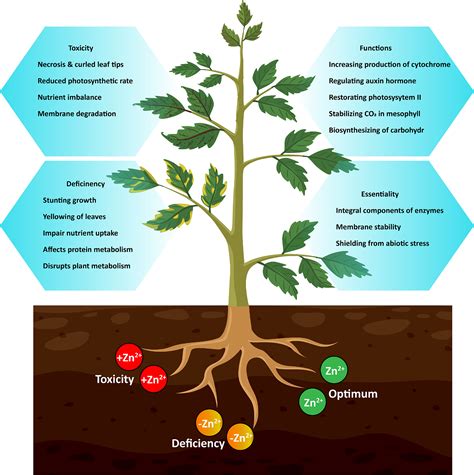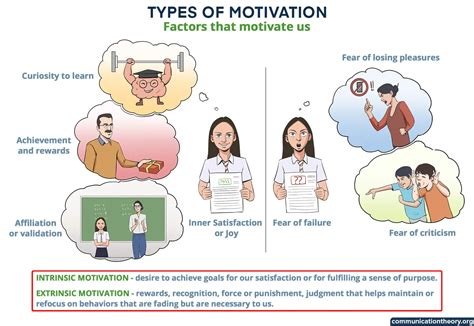Every man committed to fitness eventually encounters the dreaded gym plateau – that frustrating point where progress grinds to a halt. You’re working out consistently, pushing hard, yet the weights aren’t increasing, and your physique seems stagnant. This isn’t a sign of failure, but rather your body adapting. To break through these barriers and accelerate lean muscle mass development, a strategic overhaul of your approach is essential.
Understanding the Plateau Phenomenon
Plateaus occur when your body adapts to the consistent stress of your training. What once challenged your muscles now feels routine, and without sufficient new stimulus, growth ceases. This adaptation can manifest in various ways: a lack of strength gains, no further increase in muscle size, or a persistent feeling of fatigue. Recognizing these signs is the first step toward overcoming them.

Revamp Your Training Strategy
1. Master Progressive Overload Beyond Lifting Heavier
Progressive overload is the fundamental principle of muscle growth, but it doesn’t always mean adding more weight. Other forms include:
- Increasing Reps or Sets: Gradually add more repetitions or sets to your existing exercises.
- Decreasing Rest Times: Shorter breaks between sets increase the intensity and metabolic stress.
- Increasing Time Under Tension (TUT): Slow down the eccentric (lowering) phase of your lifts to keep muscles engaged longer.
- Increasing Frequency: Hitting muscle groups more often, with adequate recovery.
2. Implement Periodization and Deload Weeks
Periodization involves systematically varying your training volume, intensity, and exercise selection over time. This prevents adaptation and promotes continuous progress. Similarly, incorporating deload weeks – periods of reduced intensity or volume – allows your body to fully recover, repair, and prepare for subsequent, more intense training cycles, often leading to a surge in strength afterward.
3. Introduce Training Variations
Sticking to the same routine for too long is a surefire way to plateau. Introduce new exercises, alter your rep ranges (e.g., switch from 8-12 reps to 5-8 reps for strength, or 15-20 for endurance), or try advanced techniques like supersets, drop sets, giant sets, or forced reps. These shock your muscles in novel ways, forcing new growth.

Optimize Your Nutrition for Growth
Muscle growth is an energy-intensive process. Without proper fuel, your body simply won’t build new tissue, no matter how hard you train.
- Caloric Surplus: To build muscle, you must consume more calories than you burn. Aim for a modest surplus of 250-500 calories above your maintenance level.
- High Protein Intake: Protein is the building block of muscle. Target 1.6-2.2 grams of protein per kilogram of body weight daily, distributed throughout the day.
- Complex Carbohydrates: These provide sustained energy for workouts and replenish glycogen stores, which are crucial for recovery and muscle fullness.
- Healthy Fats: Essential for hormone production, joint health, and overall well-being. Don’t neglect sources like avocados, nuts, seeds, and olive oil.
- Hydration: Muscles are largely water. Staying well-hydrated is critical for performance, nutrient transport, and preventing fatigue.

Prioritize Recovery and Sleep
Muscles don’t grow in the gym; they grow when you recover. Neglecting this aspect is a primary reason for stalled progress.
- Quality Sleep: Aim for 7-9 hours of quality sleep per night. During deep sleep, your body releases growth hormone and repairs muscle tissue.
- Active Recovery: Light activities like walking, stretching, or foam rolling can improve blood flow, reduce muscle soreness, and aid recovery without adding undue stress.
- Stress Management: Chronic stress elevates cortisol, a hormone that can break down muscle tissue and hinder recovery. Incorporate stress-reducing activities into your routine.

The Mental Game: Consistency and Patience
Breaking plateaus and building muscle is as much a mental game as it is physical. It requires consistency, patience, and the ability to adapt. Track your progress meticulously – not just weights, but reps, sets, body measurements, and how you feel. Celebrate small victories and learn from setbacks. Understand that progress isn’t linear; there will be ups and downs, but unwavering dedication to your refined strategy will yield results.

Conclusion
Breaking gym plateaus and building lean muscle faster for men requires a holistic approach that goes beyond simply showing up. By strategically revamping your training, optimizing your nutrition, prioritizing recovery, and maintaining a positive mindset, you can overcome stagnation and unlock new levels of strength and muscle growth. Listen to your body, stay consistent, and remember that every plateau is an opportunity for growth and learning.




